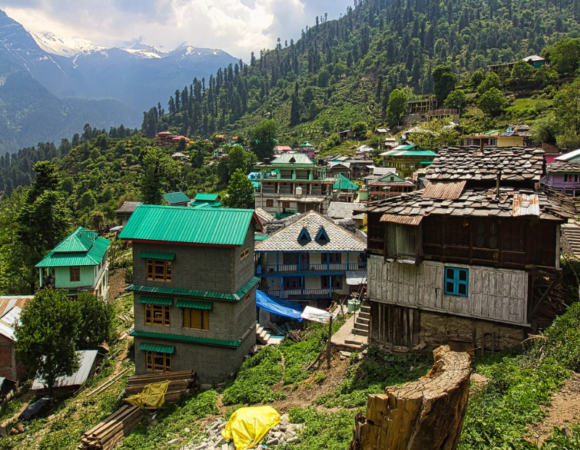The 3Rs of Sustainability for Paper Cups
The 3Rs of Sustainability for Paper Cups represent a critical framework for addressing the growing environmental challenges posed by single-use cups in our increasingly mobile society. Every day, millions of travelers purchase hot beverages in disposable containers, contributing to the estimated 16 billion paper cups discarded annually worldwide. Despite their seemingly innocuous appearance, these cups pose significant environmental concerns due to their composite materials and short lifespan. The 3Rs of Sustainability for Paper Cups—Reduce, Reuse, Recycle—offer practical solutions for both consumers and businesses to minimize this impact while still enjoying convenience on the go.
Table of Contents
Toggle
The environmental footprint of paper cups extends far beyond what meets the eye. Each cup requires water, energy, and raw materials to produce, while its plastic lining complicates end-of-life management. In travel and tourism settings, where convenience often takes precedence over sustainability, understanding and implementing the 3Rs of Sustainability for Paper Cups becomes even more crucial. By adopting simple yet effective practices, eco-conscious travelers can significantly reduce their environmental impact without sacrificing comfort during their journeys.
Why Paper Cup Sustainability Matters in Travel and Tourism
The travel and tourism industry represents one of the largest consumers of single-use paper cups globally. From airport cafés and hotel breakfast rooms to street vendors in tourist destinations, the convenience of disposable cups has made them ubiquitous in travel settings. A single international airport can generate several tons of paper cup waste daily, with limited infrastructure to handle this waste properly.
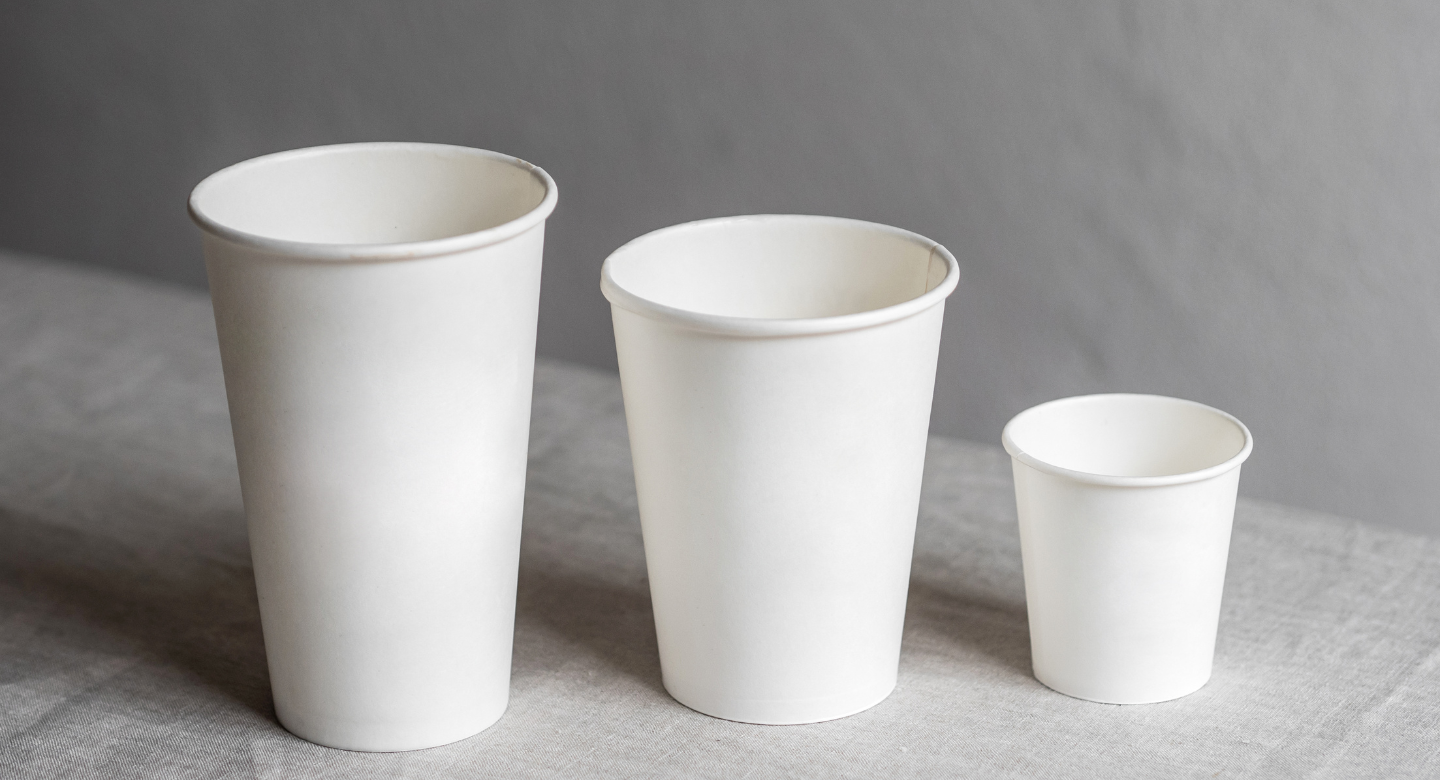
Most conventional paper cups contain a thin polyethylene lining that prevents leakage but also makes them difficult to recycle. When these cups end up in landfills—as approximately 99% do—they can take over 20 years to decompose, releasing methane gas during breakdown. The plastic components may fragment into microplastics, potentially contaminating soil and water systems. For destinations that rely on pristine environments to attract visitors, this pollution presents both an ecological and economic threat.
Implementing responsible disposal methods and embracing sustainable alternatives is essential for truly eco-friendly travel. As tourism destinations increasingly face waste management challenges, the 3Rs of Sustainability for Paper Cups offer a pathway to reduce environmental burden while maintaining the services travelers expect.
How Sustainable Travel Helps
Conscious consumption and responsible disposal practices are fundamental to reducing paper cup waste in the travel sector. When travelers make deliberate choices about their beverage containers, they not only minimize their personal waste footprint but also send market signals that drive broader industry change. Each avoided disposable cup represents saved resources, reduced emissions, and one less item potentially ending up in landfills or natural environments.

By choosing reusable travel mugs or supporting businesses with eco-friendly practices, travelers become agents of sustainability. Many cafés now offer discounts to customers who bring their own cups, creating financial incentives that align with environmental benefits. Additionally, visibly practicing the 3Rs of Sustainability for Paper Cups while traveling helps normalize these behaviors for other travelers and locals alike, creating positive ripple effects throughout tourism ecosystems.
How to Travel Sustainably with Paper Cups
Implementing practical strategies to reduce single-use paper cup consumption while traveling requires minimal effort but yields significant environmental benefits. Before embarking on a journey, travelers can pack a collapsible silicone cup or lightweight stainless steel mug that takes up little space in luggage. Many modern reusable cups are designed specifically for travelers, featuring leak-proof lids and thermal properties that keep beverages at the right temperature longer than typical paper cups.
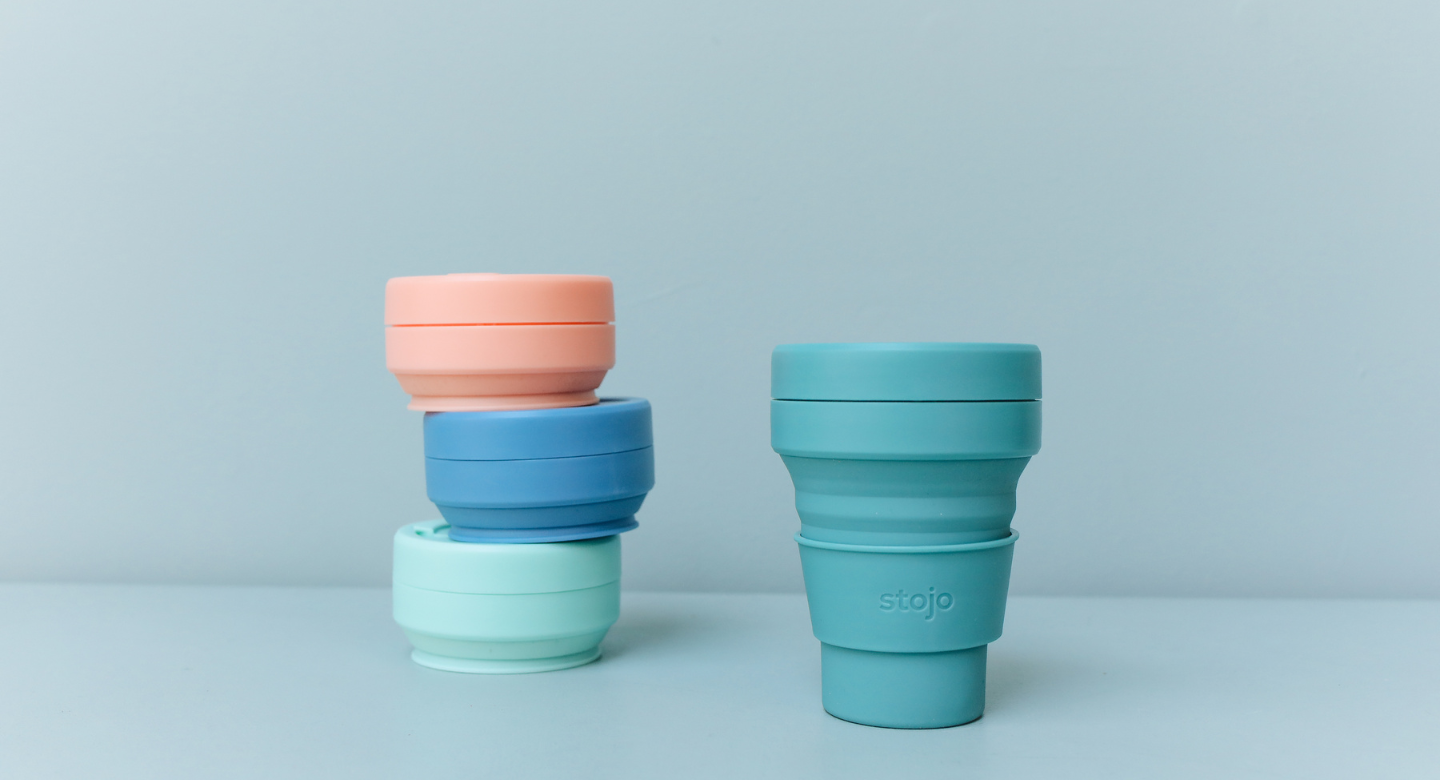
When reusable options aren’t feasible, travelers can seek out vendors using compostable alternatives or participate in cup-sharing programs that are emerging in tourism hotspots worldwide. Some innovative destinations have implemented deposit systems where visitors pay a small fee for a reusable cup that can be returned at multiple locations throughout the area. By embracing these alternatives, travelers directly contribute to the first R in the 3Rs of Sustainability for Paper Cups: Reduce.
The Role of the 3Rs in Paper Cup Sustainability
1. Reduce: Minimizing Waste Generation from Paper Cups

The most effective application of the 3Rs of Sustainability for Paper Cups begins with reduction—simply avoiding the use of disposable cups whenever possible. Travelers can cultivate habits that eliminate the need for single-use containers, such as taking a few extra minutes to enjoy beverages at café counters using ceramic mugs or planning ahead by bringing reusable alternatives.
Several eco-friendly alternatives have emerged to support this reduction effort. Collapsible silicone cups save space in luggage, while insulated stainless steel mugs keep beverages at optimal temperatures longer than paper cups. Bamboo cups offer a lightweight, natural material option with minimal environmental impact. For destinations with established infrastructure, cup-sharing programs allow travelers to borrow reusable cups for a small deposit, returning them at convenient drop-off points throughout tourist areas.
2. Reuse: Finding Creative Ways to Repurpose Paper Cups
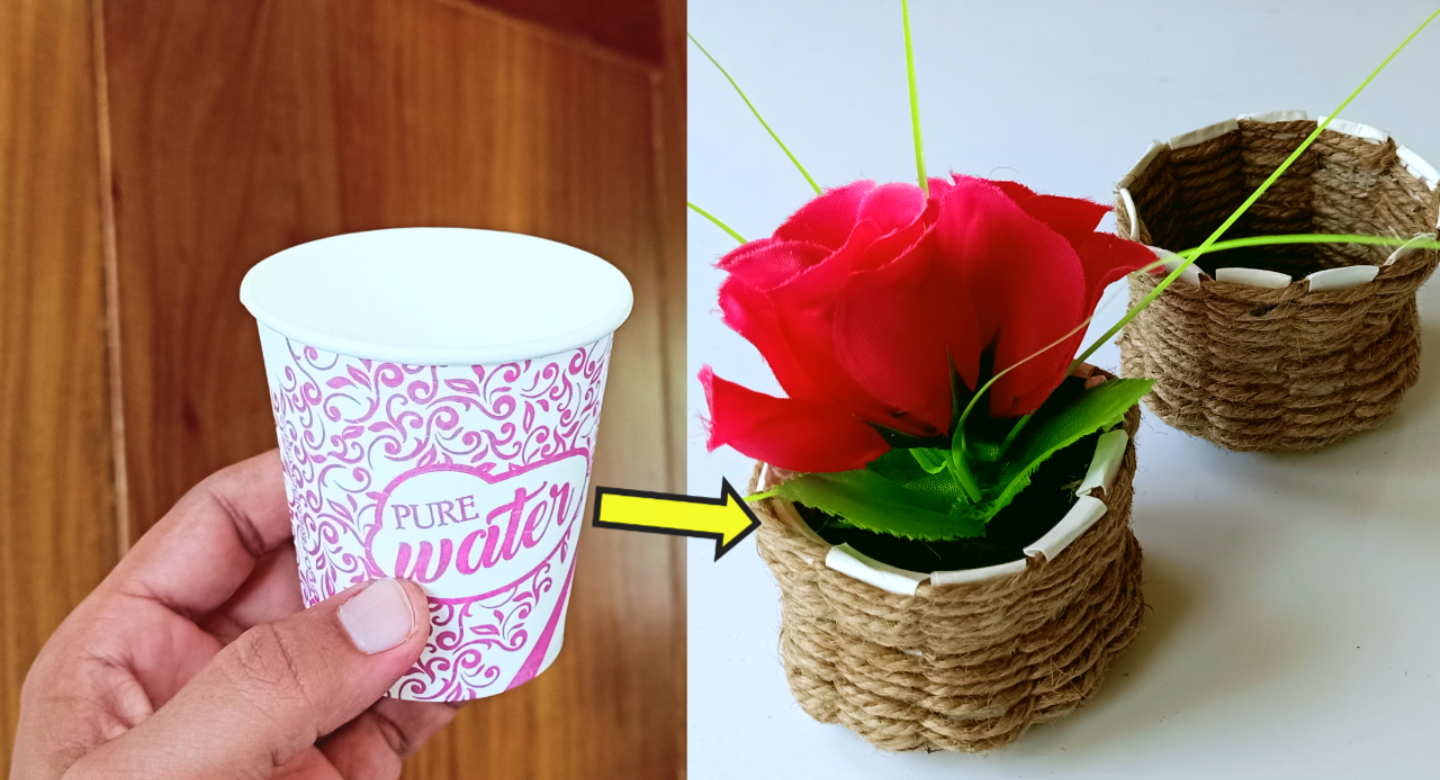
When travelers do end up with paper cups, the second component of the 3Rs of Sustainability for Paper Cups offers creative solutions before disposal. While on the road, paper cups can serve multiple purposes: organizing small items in hotel rooms, collecting shells or stones during beach excursions, or protecting delicate souvenirs during transport.
For longer stays, paper cups can find new life as seedling pots for hotel balcony herbs, containers for toiletries, or even makeshift speakers for smartphones. Businesses in the tourism sector have also found innovative ways to repurpose cups, with some hotels collecting used paper cups for craft activities with guests or using them as containers for complimentary amenities. These reuse practices extend the useful life of paper cups, extracting maximum value before they enter the waste stream.
3. Recycle: Ensuring Proper Recycling of Paper Cups
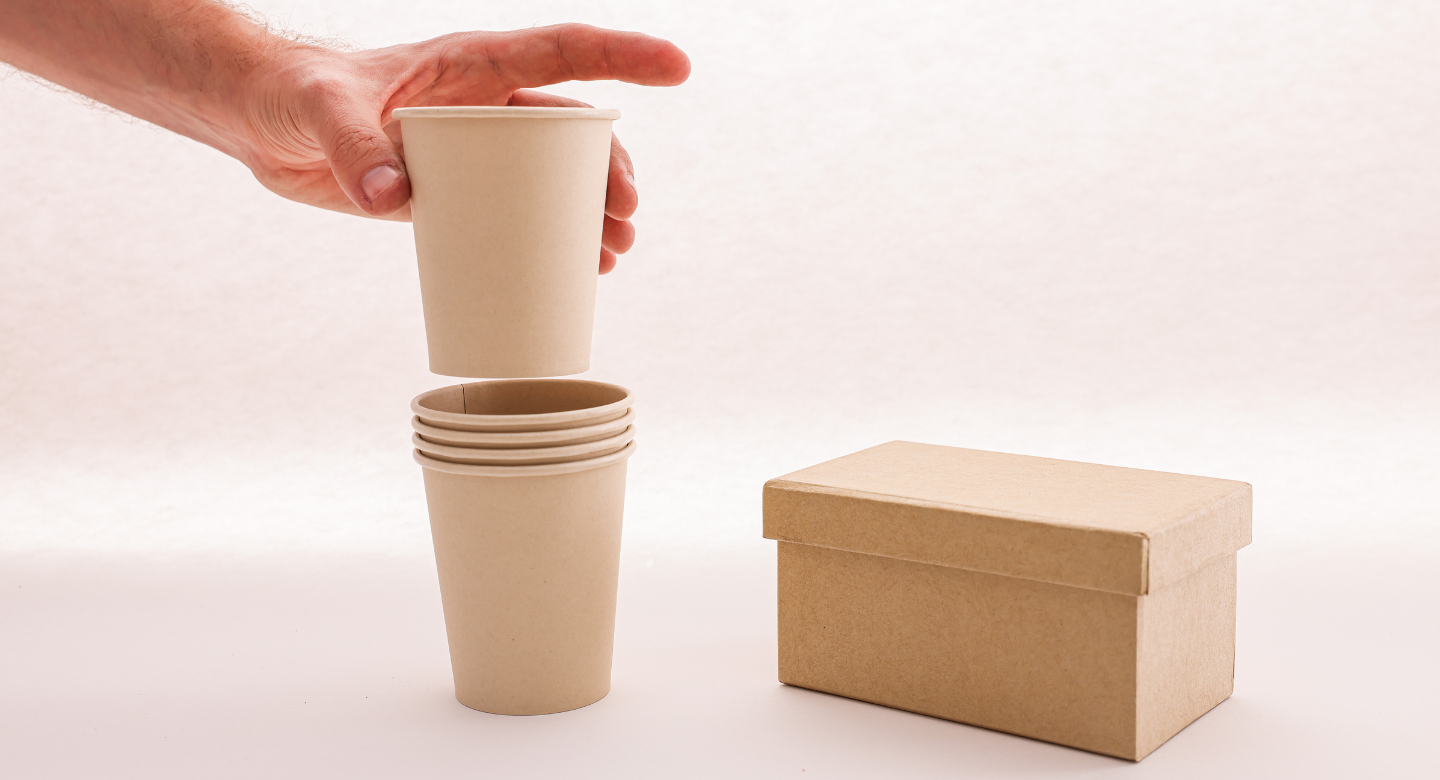
When reduction and reuse options have been exhausted, proper recycling becomes the final pillar in the 3Rs of Sustainability for Paper Cups. Recycling paper cups presents unique challenges due to their composite construction—typically paper with a thin plastic lining. To recycle effectively, consumers should first empty and rinse cups, then check local guidelines as recycling capabilities vary dramatically by location.
Different countries handle paper cup recycling through various approaches. The United Kingdom has developed specialized facilities that can process paper cups, while some Scandinavian nations incorporate them into their comprehensive waste-to-energy systems. In Australia, dedicated collection points for paper cups can be found in major tourism areas. Travelers should familiarize themselves with local recycling systems and look for specialized paper cup collection bins that are becoming increasingly common in airports, train stations, and tourism centers worldwide.
Sustainable Production Practices for Paper Cups
Forward-thinking brands are revolutionizing paper cup production to address sustainability concerns from the manufacturing stage. Innovations include replacing traditional plastic linings with plant-based alternatives made from corn or sugarcane, which maintain functionality while being compostable under industrial conditions. Some companies have developed “plastic-free” paper cups using natural waxes or mineral-based solutions that provide waterproofing without synthetic polymers.
Manufacturing processes are also becoming more sustainable through water efficiency measures, renewable energy use, and responsible sourcing of paper from certified sustainable forests. These improvements represent significant progress in reducing the environmental footprint of paper cups before they even reach consumers’ hands. The most advanced implementations of the 3Rs of Sustainability for Paper Cups consider this full lifecycle approach, addressing both production and end-of-life aspects.
Regulatory Insights & Industry Standards in India
India has emerged as a leader in addressing paper cup waste through comprehensive regulatory frameworks. The country’s Plastic Waste Management Rules, amended in 2018, specifically address composite materials including plastic-lined paper cups, placing responsibility on producers for establishing collection systems. Some Indian states have gone further, mandating minimum recycled content in paper products and imposing fees on single-use items.
Industry standards in India have evolved alongside these regulations, with the Bureau of Indian Standards developing specifications for compostable plastics used in cup linings. Many Indian tourism destinations have implemented their own guidelines, with some popular beaches and heritage sites banning single-use cups entirely. These regulatory and industry efforts complement consumer-focused implementation of the 3Rs of Sustainability for Paper Cups, creating systemic support for sustainable practices.
Carbon Footprint Analysis of Paper Cups
Paper cups are often marketed as an eco-friendly alternative to plastic, especially for hot beverages. However, their environmental impact is more complicated than it seems. Let’s break down the carbon footprint of a single paper cup in a simple, human-friendly way.
Step 1: Raw Material Extraction (Paper & Plastic Lining)
What happens?
Paper cups are mostly made from virgin paper (wood pulp from trees), and to make them waterproof, they have a thin plastic lining—usually polyethylene. This means they’re not entirely plastic-free.
Carbon impact?
- Cutting trees for paper production reduces carbon absorption from the atmosphere.
- Processing wood into pulp and producing the plastic lining uses electricity and chemicals, releasing CO₂.
- Water usage in pulp production is also significant.
CO₂ Emissions: 60–70g CO₂ per cup
Step 2: Manufacturing the Cup
What happens?
The paper and plastic lining are combined, cut, and shaped into cups using heat-sealing machines. Printing and branding often add extra steps.
Carbon impact?
- Energy consumption in machines contributes to emissions.
- Heat sealing and plastic processing require additional power, usually from fossil fuels.
CO₂ Emissions: 10–20g CO₂ per cup
Step 3: Transportation
What happens?
Cups are transported in bulk from manufacturing plants to coffee shops, canteens, or stores.
Carbon impact?
- Though lightweight, transporting large volumes over long distances adds up.
- More packaging is required to keep them clean and dry.
CO₂ Emissions: 5–15g CO₂ per cup (varies based on distance)
Step 4: Usage
What happens?
You often drink your coffee or tea just once and then throw the cup away. Paper cups are typically used for a few minutes before disposal.
Carbon impact?
- The short lifespan means the energy used to make the cup isn’t balanced by its use.
- If a plastic lid or stirrer is used, that adds more emissions.
CO₂ Emissions: Minimal during use (~1–2g CO₂)
Step 5: Disposal
What happens?
Due to their plastic lining, most paper cups are not recyclable. They often end up in landfills or are incinerated.
Carbon impact?
- Landfilling: Paper breaks down and releases methane, a potent greenhouse gas.
- Incineration: Releases CO₂, though it reduces volume.
- Composting is only possible for plastic-free or certified compostable cups, which are rare.
CO₂ Emissions:
- Landfill: 10–15g CO₂ per cup (over time)
- Incineration: 20–30g CO₂ per cup
Total Carbon Footprint of One Paper Cup:
Average Range: 100–150g CO₂ per cup
Plastic-free compostable cups (if composted properly): ~70–90g CO₂
Case Studies & Real-World Impact
Inspiring examples of the 3Rs of Sustainability for Paper Cups in action can be found throughout the global tourism industry. In Amsterdam, the city’s airports have implemented a closed-loop recycling system that collects, processes, and manufactures new products from paper cup waste generated on-site. Visitors see the entire sustainability cycle in action through transparent waste stations and educational displays.
In Bali, a coalition of cafés in tourist areas has established a reusable cup deposit scheme allowing visitors to pay a small fee for a durable cup that can be returned at any participating location. The program has reduced paper cup waste by over 70% in pilot areas while creating new local jobs in cup sanitization and program management. These success stories demonstrate the practical applicability of the 3Rs of Sustainability for Paper Cups in diverse tourism contexts.
Actionable Steps for Travelers & Outdoor Enthusiasts
Implementing the 3Rs of Sustainability for Paper Cups requires minimal effort but can yield significant environmental benefits:
- Pack a reusable travel mug or collapsible cup as a standard part of travel gear
- Research and patronize businesses with cup reuse programs at your destination
- If using a paper cup becomes necessary, reuse it multiple times before disposal
- Learn local recycling guidelines for paper cups at your destination
- Consider offsetting your paper cup use by participating in environmental restoration activities
- Share your sustainable cup practices on social media to inspire other travelers
- Provide feedback to businesses about their cup policies and waste management
- Support legislation addressing single-use waste in tourism destinations
These simple actions allow travelers to embody the principles of the 3Rs of Sustainability for Paper Cups throughout their journeys.
Conclusion: The Future of Paper Cup Sustainability
The future of sustainable paper cup use depends on continued innovation and collective action across the value chain. As materials science advances, we can expect increasingly effective compostable linings and perhaps entirely new container technologies. Digital solutions like cup-sharing apps and QR-coded reusable systems will likely make sustainable choices more convenient for travelers.
The 3Rs of Sustainability for Paper Cups provide a framework not just for individual action but for systemic change in how we approach convenience and waste in travel contexts. By embracing these principles—reducing unnecessary cup use, finding creative reuse applications, and ensuring proper recycling—travelers can contribute to a more sustainable tourism industry. As demand for environmentally responsible options grows, markets will respond with better alternatives, creating a positive feedback loop of sustainability innovation.
Explore More:
3Rs of Sustainability for Plastic Bottles
3Rs of Sustainability for Single-Use Packaging
3Rs of Sustainability for Plastic Cutlery
Frequently Asked Questions (FAQs) on the 3Rs of Sustainability for Paper Cups
Why are paper cups considered unsustainable?
Despite their paper exterior, most disposable cups contain a plastic lining that prevents leakage but complicates recycling and biodegradation, contradicting the core principles of the 3Rs of Sustainability for Paper Cups.
Can all paper cups be recycled?
Not universally. The plastic lining in conventional paper cups requires specialized recycling facilities that aren’t available in many locations, highlighting the importance of reduction strategies within the 3Rs of Sustainability for Paper Cups.
What are the best alternatives to paper cups?
Stainless steel or glass travel mugs offer durability and insulation properties, while silicone collapsible cups provide convenience for travelers with limited space, supporting the “reduce” principle of the 3Rs of Sustainability for Paper Cups.
How does reusing cups reduce environmental impact?
Each reuse eliminates the need for a new cup, saving the water, energy, and materials required for production and preventing additional waste generation, embodying the second component of the 3Rs of Sustainability for Paper Cups.
What are the key challenges in recycling paper cups?
The composite nature of cups (paper bonded with plastic) requires specialized processes to separate materials, and food contamination can further complicate recycling, explaining why recycling is the last option in the 3Rs of Sustainability for Paper Cups hierarchy.
Are there any brands promoting paper cup sustainability?
Several companies have developed innovative solutions including plant-based linings, cup deposit schemes, and in-store recycling programs that align with the 3Rs of Sustainability for Paper Cups.
How can travelers reduce paper cup waste on the go?
Carrying reusable mugs, participating in cup-sharing programs, and choosing establishments that offer sustainable alternatives all contribute to implementing the 3Rs of Sustainability for Paper Cups while traveling.
What role do government policies play in paper cup recycling?
Policies ranging from extended producer responsibility to disposal fees and bans on certain materials create the regulatory framework that enables broader implementation of the 3Rs of Sustainability for Paper Cups.
How do compostable cups compare to recyclable paper cups?
Compostable cups may offer environmental advantages but typically require industrial composting facilities to break down properly, representing an alternative approach to the third R in the 3Rs of Sustainability for Paper Cups.
How can businesses support the 3Rs of Sustainability for Paper Cups?
Businesses can offer discounts for reusable cups, implement cup deposit schemes, switch to more sustainable materials, and ensure proper waste separation facilities, creating an enabling environment for customers to practice the 3Rs of Sustainability for Paper Cups.




